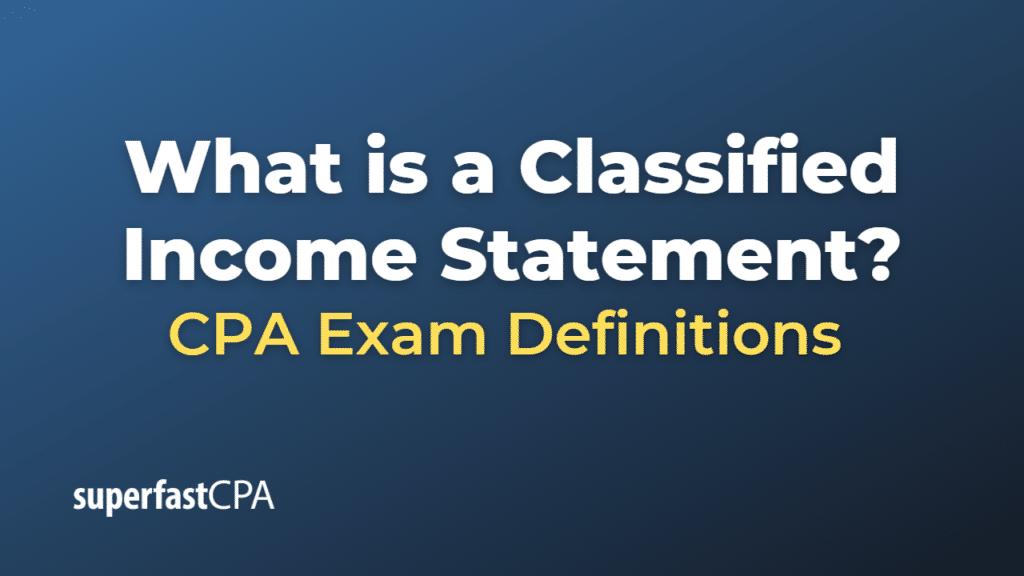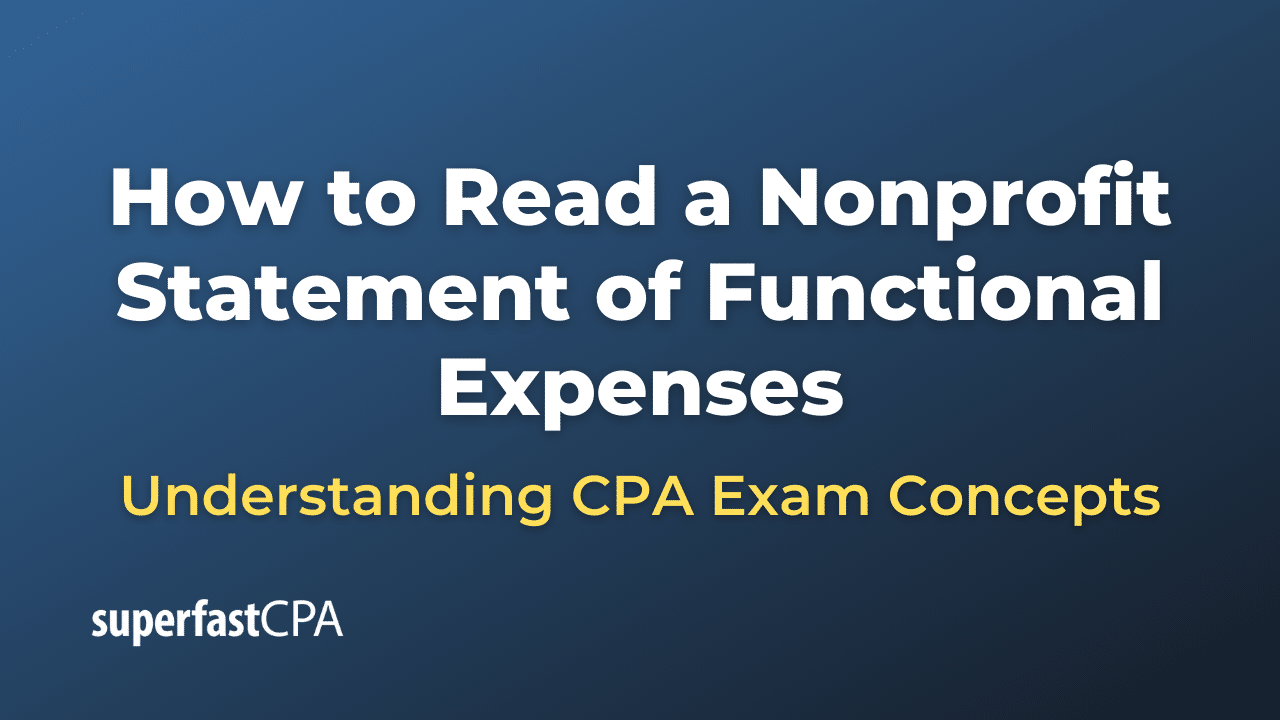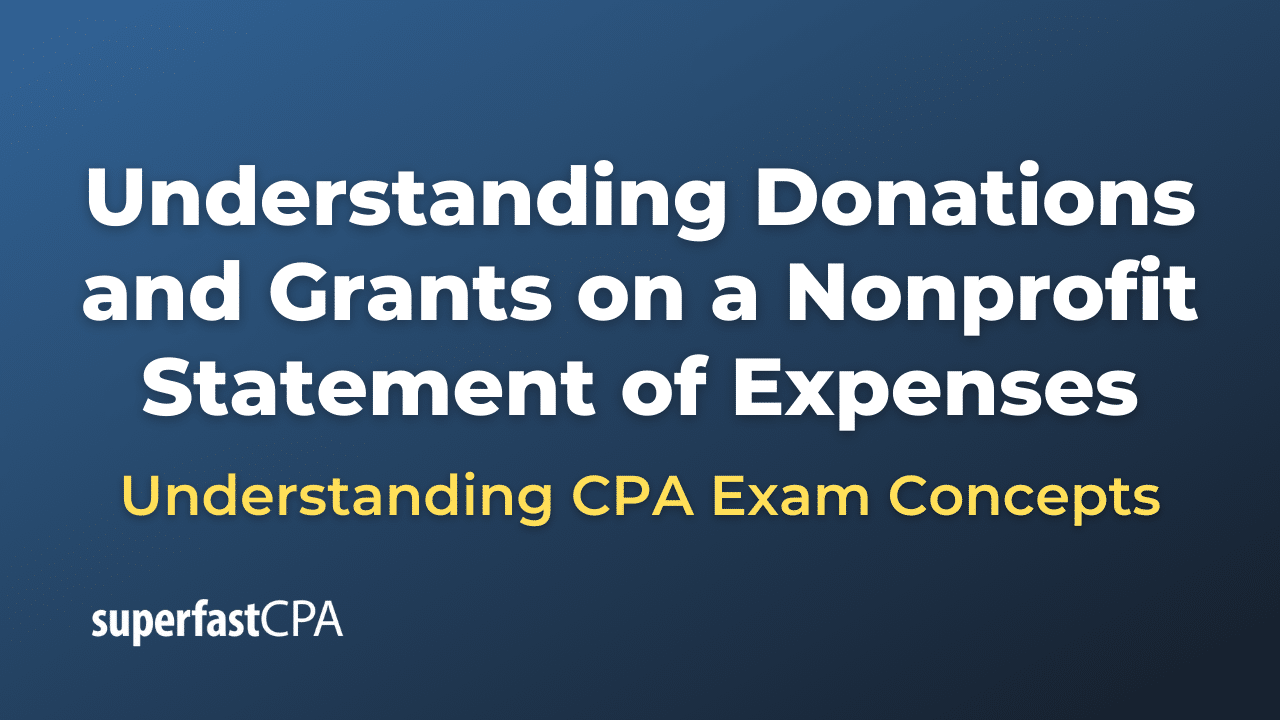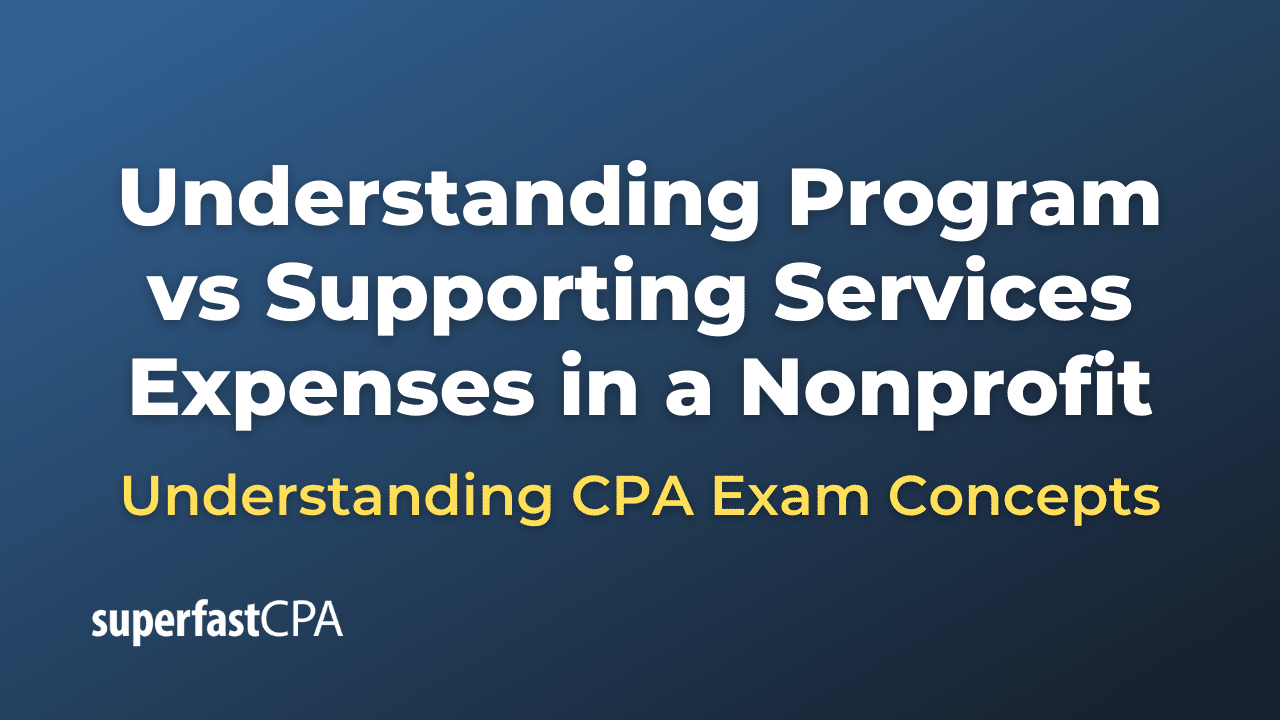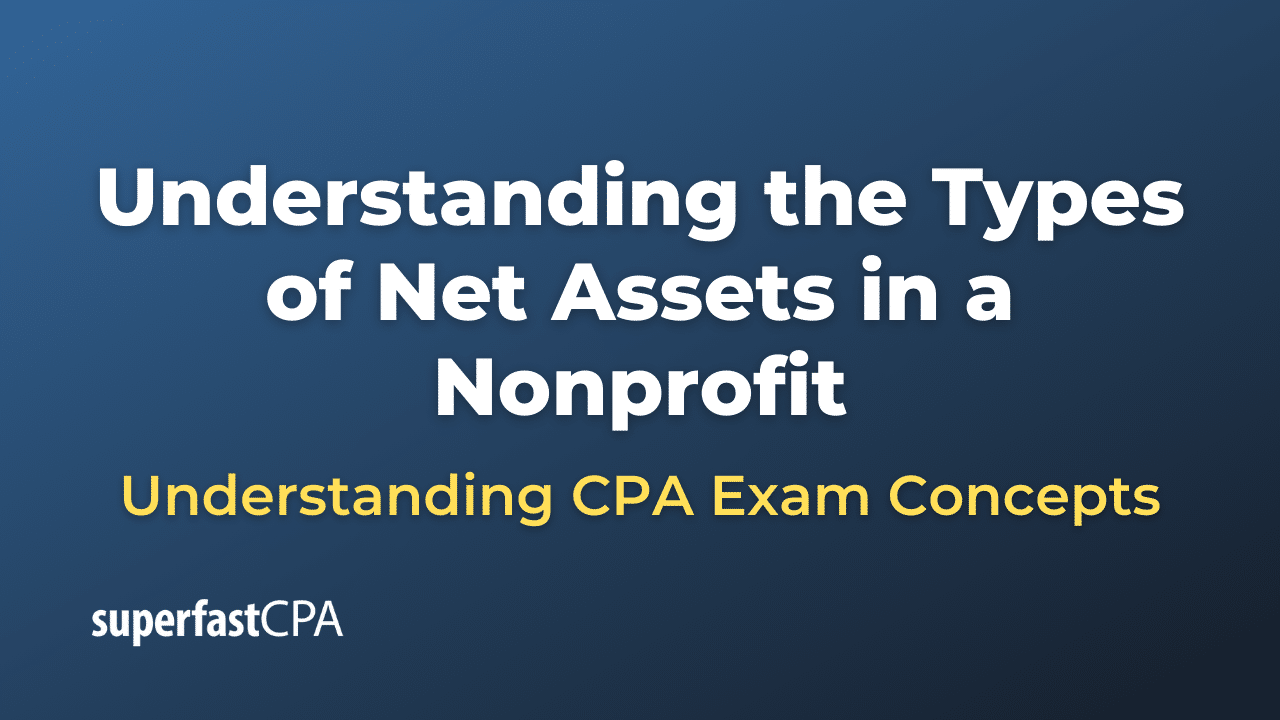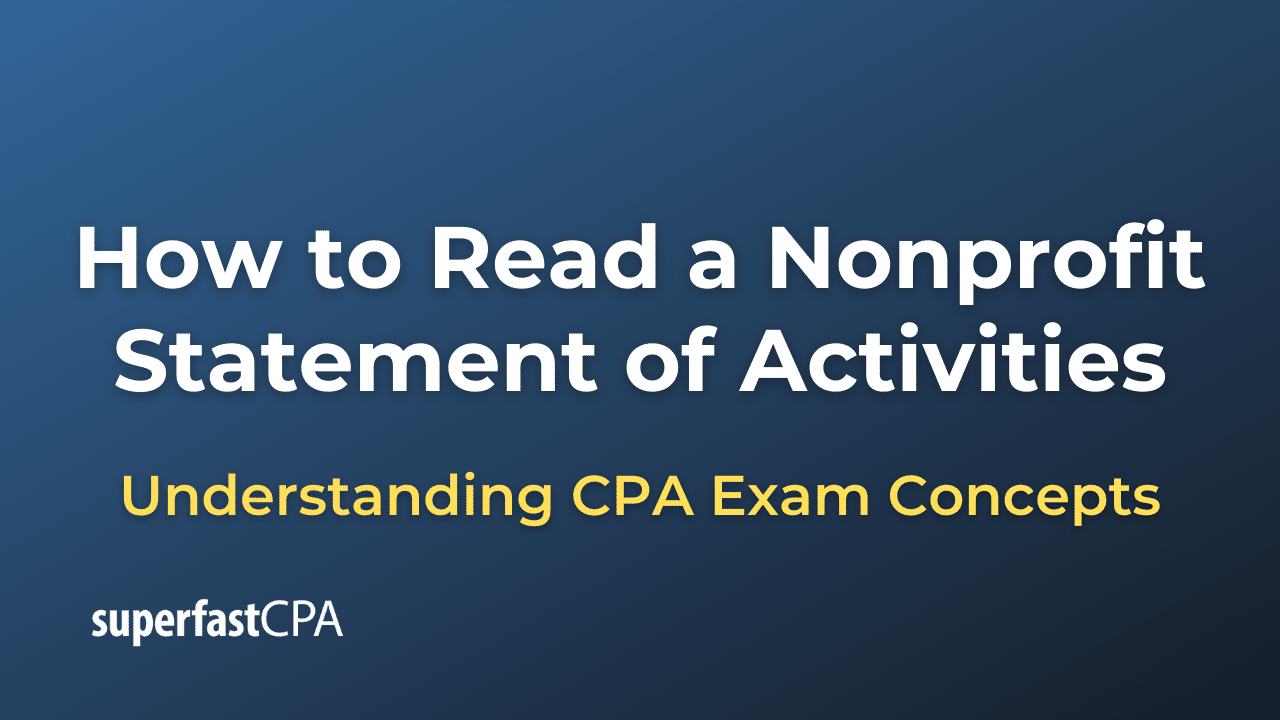Classified Income Statement
A classified income statement, also known as a multi-step income statement, is a financial statement that presents a company’s revenues, expenses, and net income in a detailed and organized format, separating items into different categories. The purpose of a classified income statement is to provide a clear and comprehensive picture of a company’s financial performance over a specific period, making it easier for investors, creditors, and other stakeholders to analyze the company’s profitability and operating efficiency.
The classified income statement separates the items into multiple sections, which usually include:
- Operating Revenues: This section presents the company’s primary sources of revenue, such as sales of products or services, generated through regular business operations.
- Cost of Goods Sold (COGS): This section includes the direct costs associated with producing the goods or providing the services the company sells. These costs typically include materials, labor, and manufacturing overhead.
- Gross Profit: This is calculated by subtracting the cost of goods sold from operating revenues. Gross profit represents the profit generated from the company’s core business operations, excluding other income or expenses.
- Operating Expenses: This section presents the indirect costs incurred during the normal course of business operations, such as selling, general, and administrative expenses (SG&A), research and development (R&D) costs, and depreciation and amortization.
- Operating Income: This is calculated by subtracting operating expenses from gross profit. Operating income represents the profit generated from the company’s core operations, after accounting for both direct and indirect costs.
- Non-Operating Revenues and Expenses: This section includes items that are not directly related to the company’s core business operations, such as gains or losses from the sale of assets, interest income, interest expense, and other income or expenses that are not part of the company’s primary business activities.
- Income Before Taxes: This is calculated by adding or subtracting non-operating revenues and expenses from operating income.
- Income Tax Expense: This section presents the company’s income tax expense for the period.
- Net Income: This is calculated by subtracting income tax expense from income before taxes. Net income represents the company’s overall profit or loss for the period, taking into account all revenues, expenses, gains, and losses.
By presenting the income statement items in these categories, the classified income statement provides a clearer picture of a company’s financial performance, making it easier for users to assess its profitability, operating efficiency, and overall financial health.
Example of a Classified Income Statement
Let’s create a simple example of a classified income statement for a fictional company, “TechWidget Inc.” Assume the following financial information for the year ended December 31, 2023 (in thousands of dollars):
Operating Revenues:
- Sales revenue: $500,000
Cost of Goods Sold:
- Cost of goods sold: $300,000
Operating Expenses:
- Selling expenses: $50,000
- General and administrative expenses: $30,000
- Research and development expenses: $20,000
- Depreciation and amortization: $10,000
Non-Operating Revenues and Expenses:
- Interest income: $5,000
- Interest expense: -$8,000
- Gain on sale of assets: $3,000
- Income tax expense: $35,000
Now, let’s present this information in a classified income statement format:
TechWidget Inc.
Classified Income Statement
For the Year Ended December 31, 2023
(All figures in thousands of dollars)
Operating Revenues: Sales revenue $500,000
Cost of Goods Sold:
Cost of goods sold -$300,000
Gross Profit $200,000
Operating Expenses:
Selling expenses -$50,000
General and administrative expenses -$30,000
Research and development expenses -$20,000
Depreciation and amortization -$10,000
Total Operating Expenses -$110,000
Operating Income $90,000
Non-Operating Revenues and Expenses:
Interest income $5,000
Interest expense -$8,000
Gain on sale of assets $3,000
Total Non-Operating Revenues and Expenses $0,000
Income Before Taxes $90,000
Income Tax Expense -$35,000
Net Income $55,000
In this example, the classified income statement provides a clear and organized overview of TechWidget Inc.’s financial performance for the year ended December 31, 2023. By categorizing revenues, expenses, and other items into separate sections, it allows users to quickly assess the company’s profitability, operating efficiency, and overall financial health.

